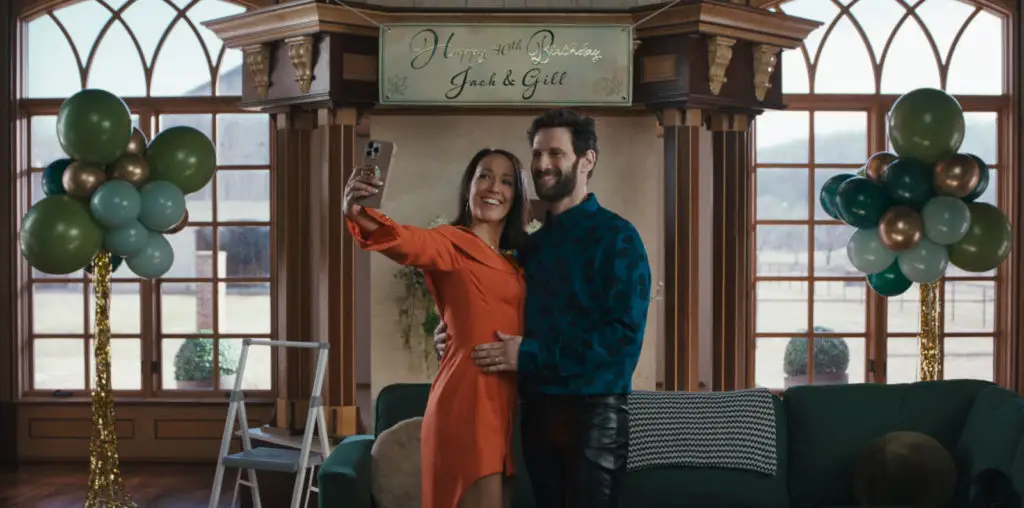
Despite its title, “Lady of the Lake” has nothing to do with King Arthur or Philip Marlowe. It is actually a fey short puppet film told without dialogue about a teenager’s sexual awakening. Sneaking out of his family’s home at night, he ventures to the big city and meets the man of his dreams at a bar. He brings this catch home, but the eroticism of their encounter concludes with the unwelcome reality that the dream guy has a previously-unknown health concern (which is depicted, in the film’s one genuinely imaginative moment, by having a line of bright red crabs march out from under the blanket where the boys are lying). The young man, still eager to have his fun, sneaks out the following night and goes to the same bar. This time around, the beefy bartender takes a shine to the lad and they enjoy a tumble on the bar’s pool table.
In case you are wondering about the woman in the title, she appears briefly as a golden vision to the boy while he is on his way to the city. It is not clear just what she is supposed to be doing here, but with her golden mane and ivory gown she at least makes a memorable impression.
“Lady of the Lake” was shot in student filmmaker Michael Lucid’s dorm room the week after he graduated from New York University. If the film looks cheaply made, that is because it is: the puppets are Barbie dolls covered in clay, the sets are cardboard and the film was illuminated with desk lamps. The most professional thing about the film is the haunting score by Adam Alexandrine, consisting of an eerie mix of harp music and computer effects.
